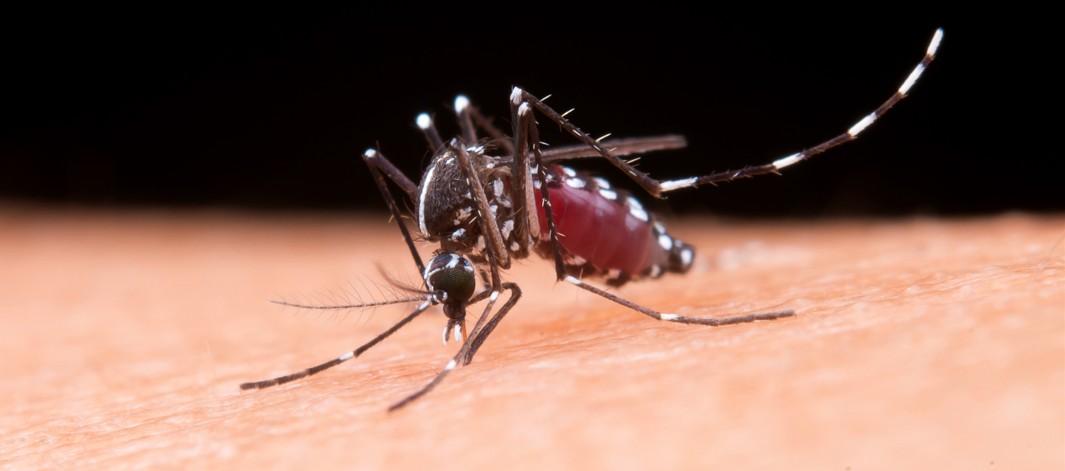Rise of matcha: The bright green craze that’s more than just a trend

With its bold, earthy taste, creamy texture, and promises of everything from better focus to glowing skin, matcha is more than just a photogenic latte, it is a movement.
In cafés from Nairobi’s Kilimani to Tokyo’s Shibuya and wellness blogs across Instagram and TikTok, one vivid green drink has captured the world’s attention: matcha.
With its bold, earthy taste, creamy texture, and promises of everything from better focus to glowing skin, matcha is more than just a photogenic latte, it is a movement.
More To Read
- Home living: 10 essential items Kenyans should replace at least once a year
- 14 foods that don’t mix well and why you should avoid them
- Five healthy reasons to add basil to your meals
- As August temperatures drop, here is why you need a sauna or steam bath
- Over one billion Africans unable to afford healthy diet, UN report warns
- How to make irresistible caramel popcorn using a sufuria
But what is behind this frothy green obsession? Is matcha truly the superfood it claims to be, or just another fleeting health trend?
A cup with centuries of culture
Matcha is not new. It has been part of Japanese tea ceremonies for over 800 years, revered by monks for its calming energy and focus-enhancing properties.
Unlike regular green tea, matcha is a finely ground powder made from grinding green tea leaves that have been grown in the shade.
Unlike traditional tea, where the leaves are discarded, matcha allows you to consume the entire leaf, delivering a concentrated source of antioxidants, amino acids, and other vital nutrients.
Now, thanks to social media and a global shift toward clean eating, matcha has gone mainstream.
In Nairobi, wellness cafés like Karak and Go are adding matcha to everything from ice cream to smoothies, from Sh 690, Java House Cheka cafe, Tsuku Tsuku, while in the US and UK, it has become a $3 billion industry.
What makes matcha special?
Experts say the benefits go beyond its aesthetic appeal.
According to registered dietitian Wincate Wangari, matcha is rich in epigallocatechin gallate (EGCG), a powerful antioxidant linked to reduced inflammation and lower cancer risk.
“Matcha delivers a smooth energy boost without the jitters you get from coffee,” Wangari says.
“This is thanks to L-theanine, an amino acid that promotes calm focus, making it ideal for people working long hours or studying.”
"From boosting metabolism and enhancing brain function to detoxifying the body and supporting heart health, matcha stands out as a powerhouse of wellness, offering more than just a trendy cup, but a meaningful step toward a healthier lifestyle."
In urban centres, like the CBD, demand for matcha is rising.
Health-conscious millennials are swapping out their afternoon coffee for iced matcha lattes or experimenting with matcha in baked goods.
Influencers on TikTok and Instagram now post DIY matcha recipes or content, blending the powdered tea with milk, honey, and vanilla.
“Five years ago, no one asked for matcha,” says Mary Atieno, a barista at a wellness café in Westlands.
“Now, it’s on our top five most ordered drinks. Customers say it makes them feel healthier, more alert, and less bloated.”
Supermarkets in Nairobi and Mombasa are beginning to stock imported matcha powders, while local startups are exploring small-scale production from Kenyan-grown tea.
Although sceptics warn that matcha’s popularity could be more trend than a tradition.
“Just because something is labelled a superfood doesn’t mean it replaces healthy habits,” says Wangari.
“Matcha works best when part of a balanced diet, not as a miracle cure.”
Matcha offers a blend of tradition, taste, and tangible health benefits. While it may not be a magic bullet, it is certainly a strong positive change if you are in the pursuit of wellness.
Whether sipped slowly in a ceramic cup, with or without milk, or whisked into a protein shake or your favourite morning recipe, matcha is here to stay.
Top Stories Today















































